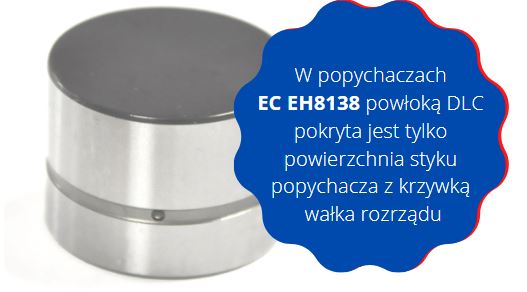Head Bolt Replacement – What You Should Know?
Head Bolt Replacement – What You Should Know?
Dismantling the cylinder head should be accompanied by replacing the bolts. Reusing old components does not guarantee the seal of the connection between the head and the engine block.
The fastening bolts stretch during operation by even several millimeters – their threads deform, and the shafts become narrowed. Such bolts do not provide the appropriate and evenly distributed clamping force on the head.
The consequence of using reassembled bolts could be a failure of the new head gasket after only a few thousand kilometers of driving. In addition to improved materials from which today’s bolts are made, modifications have also been made to their design. The recommended procedure for tightening the head has also changed.
How to tighten?
In older engines, the procedure for tightening head bolts involved tightening them in several stages with a specific torque until achieving the elastic stretching of the shaft. As a result of the head gasket settling after installation, the bolts needed to be retightened after a certain mileage. The disadvantage of this method was the inability to achieve an even distribution of pressure over the entire surface of the gasket. Thanks to the use of modern multi-layered, metallic head gaskets, which are much less prone to settling, there is no need for retightening. The recommended installation procedure using modern bolts involves tightening with a specific torque and then an angle. Bolts should first be tightened in the correct sequence with a suitable, small torque within their elastic stretching range. Only then are they tightened by a precisely defined angle – the bolt shafts then deform beyond their plastic limit. This tightening process ensures a uniform clamping force, necessary to ensure the seal of the connection with the engine block.
Podobne wpisy

Gaskets
A gasket is a sealing element of a strictly defined shape and size, placed between two components to achieve a […]

DLC (Diamond-Like Carbon) Coatings in Valve Lifters
Carbon-based DLC (Diamond-Like Carbon) coatings are the best solution wherever wear resistance and good sliding properties are required, such as […]

Gasket Sets
Among gasket sets, we can distinguish: Head Gasket Sets – These include the head gasket (the head gasket is not […]